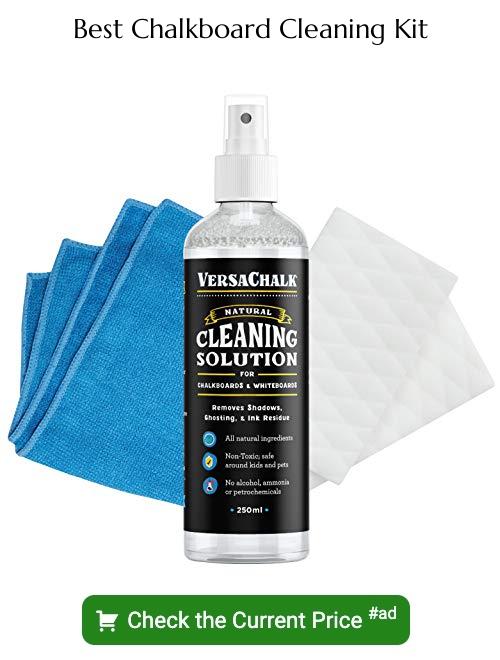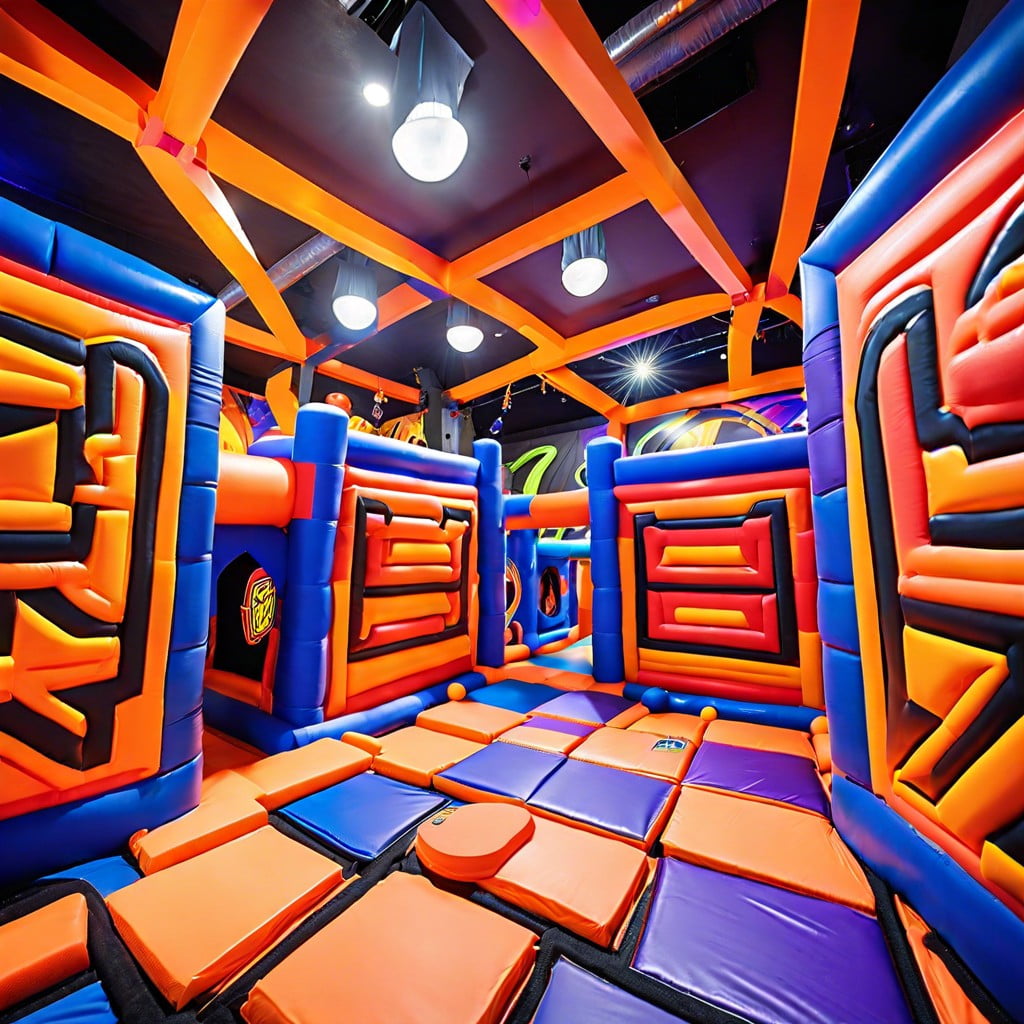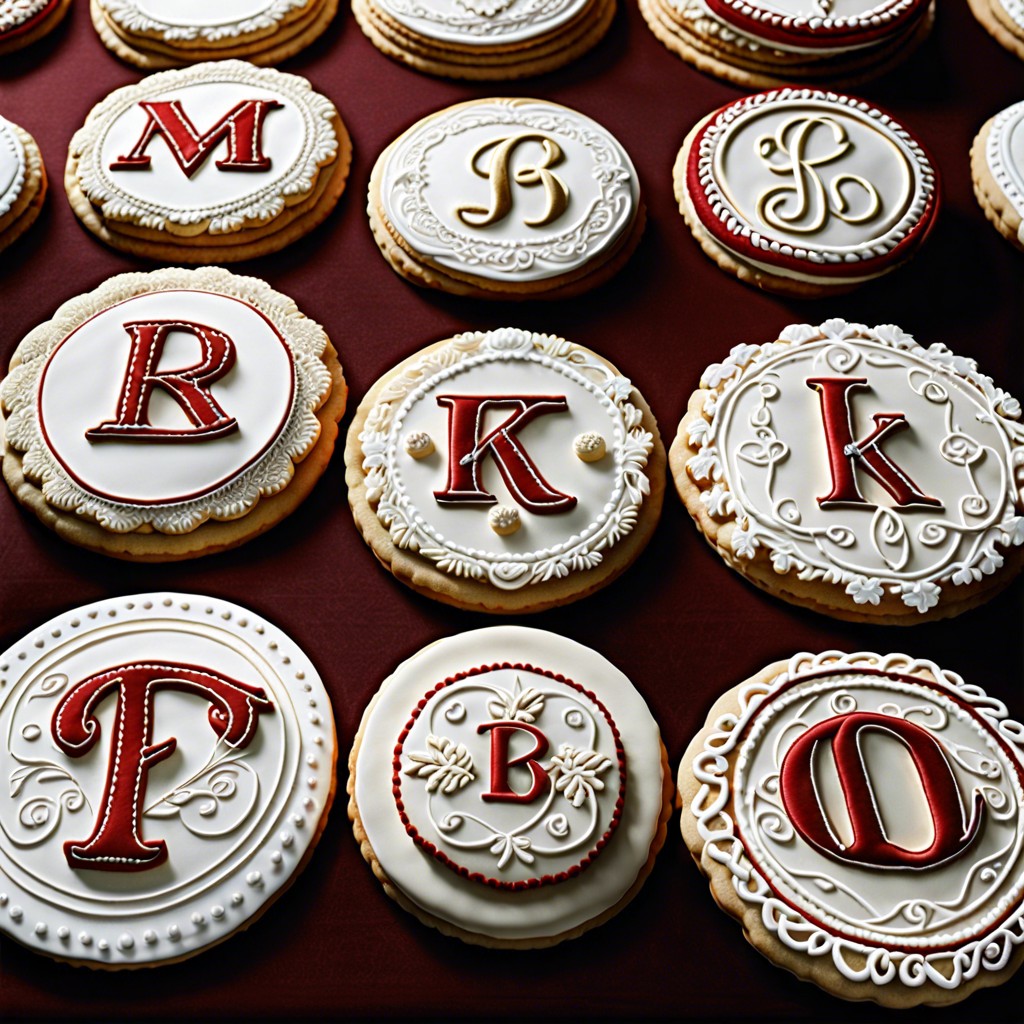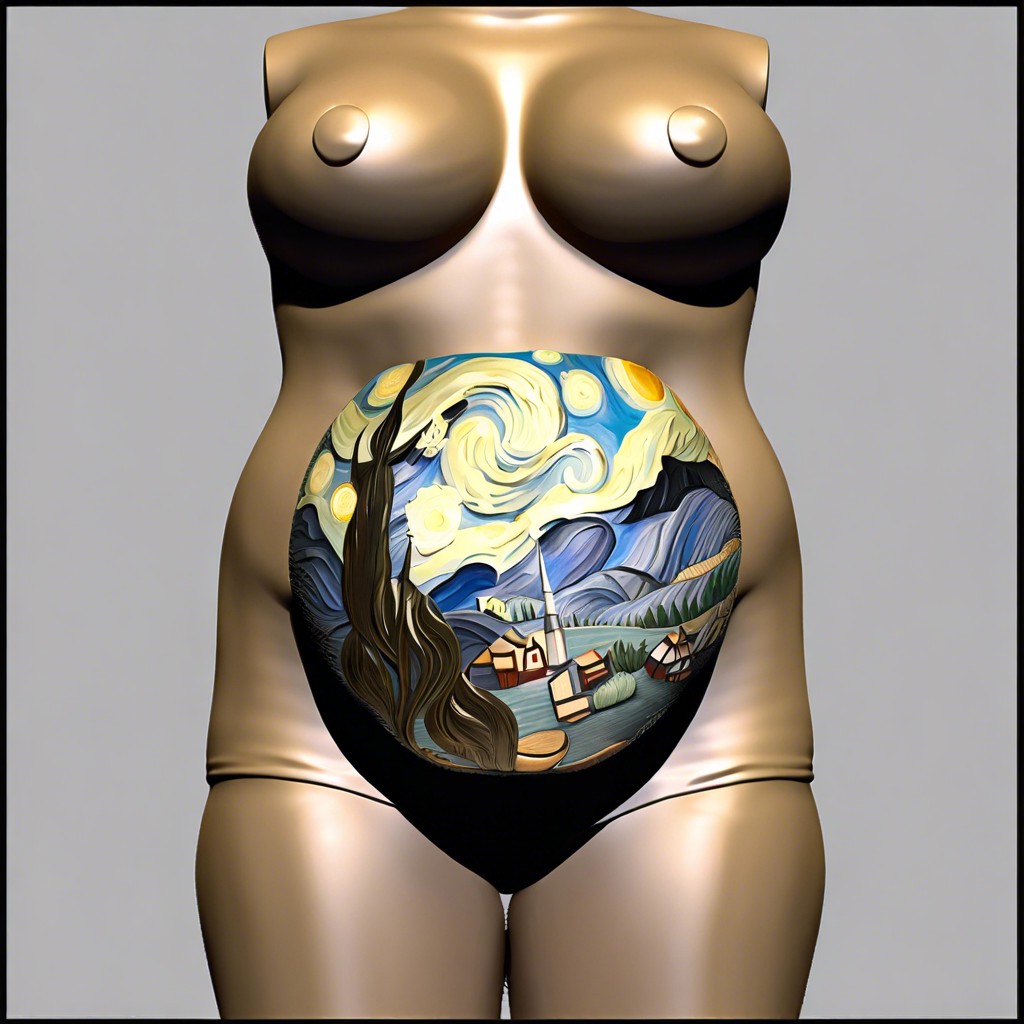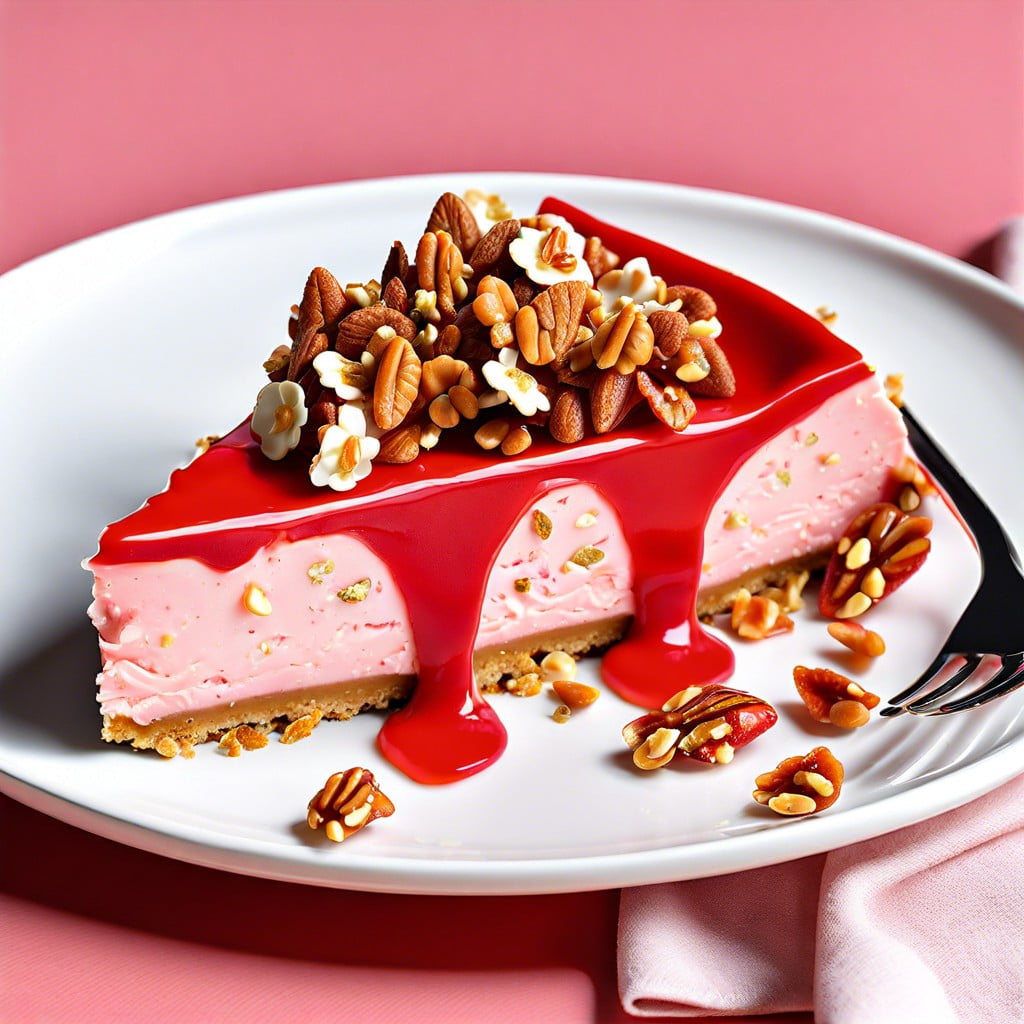Last updated on
Discover practical ways to remove chalk marker from your chalkboard because not every method yields the desired results.
Key takeaways:
- Assess the surface type before cleaning.
- Start with an initial erasure attempt using a soft cloth or felt eraser.
- Use a damp cloth to gently wipe the affected area.
- Apply Windex on non-porous surfaces for thorough cleaning.
- Use a magic eraser for stubborn markings on the chalkboard.
Assess the Surface Type
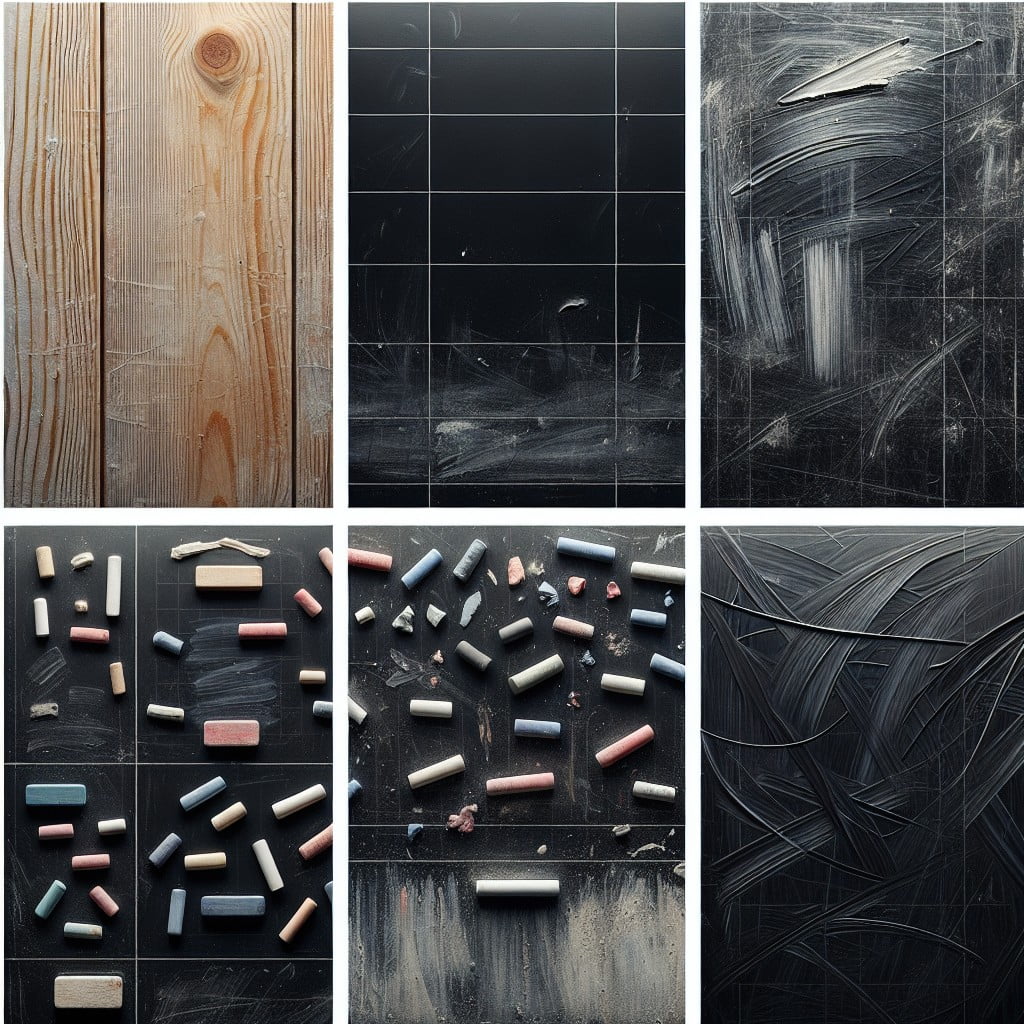
Determining whether your chalkboard is porous or non-porous is crucial before attempting to remove chalk marker ink.
Porous chalkboards absorb liquids and can be damaged by harsh cleaning agents, whereas non-porous surfaces, such as those with a laminated, painted, or glass finish, can withstand stronger cleaning methods.
Check your chalkboard’s care instructions, if available, or test a small area with water to see if it soaks in or beads up—this will help you identify the surface type.
The right cleaning method will ensure effectiveness in removal without damaging the board’s surface.
Initial Erasure Attempt
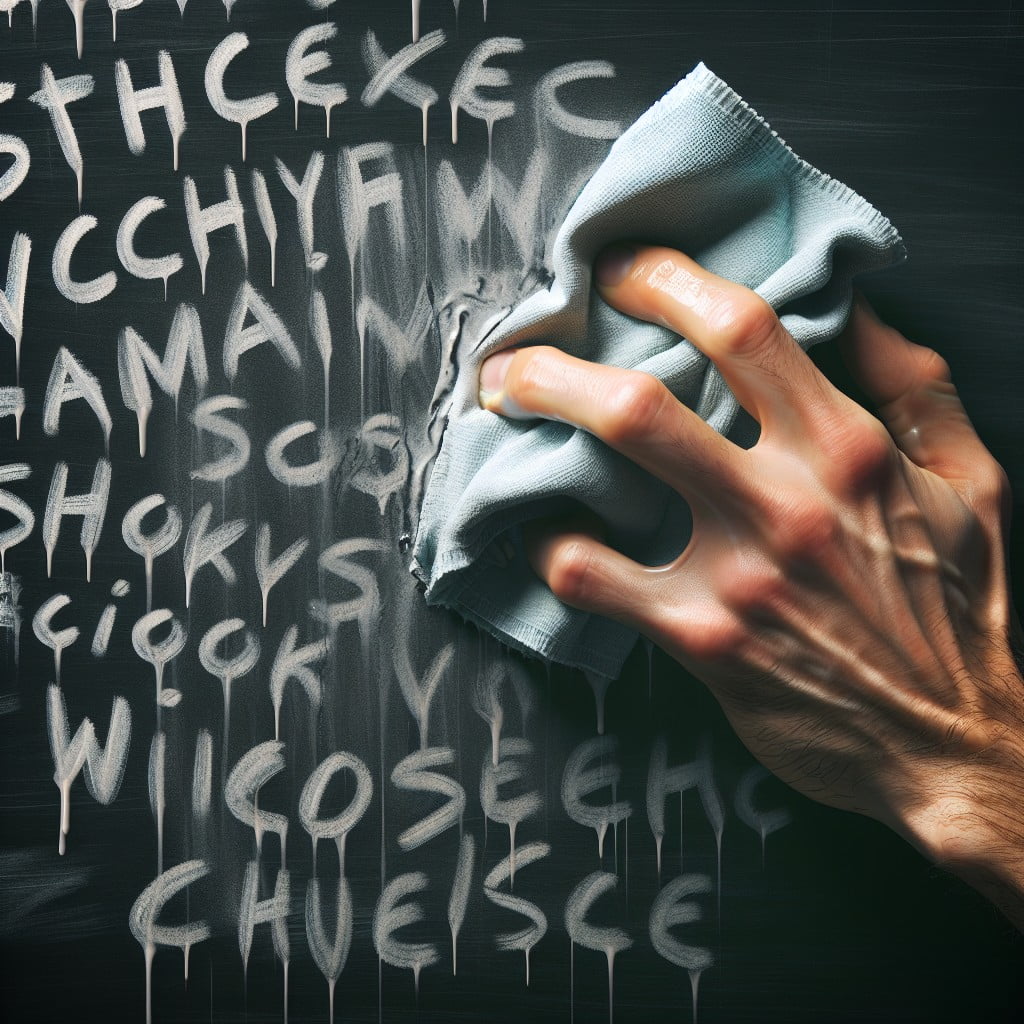
Before moving on to more involved methods, try wiping the chalk marker off with a soft cloth or felt eraser designed for dry erase or chalkboards. This gentle approach often works for regular chalk and may be effective for less stubborn chalk marker residue.
Circular motions can help lift the pigment from the surface without applying excessive pressure that could damage the chalkboard.
If this initial gentle erasure does not work, don’t be tempted to scrub harder; this can damage the surface. Instead, proceed to the next steps that involve slightly more thorough cleaning techniques.
Use a Damp Cloth

For a straightforward solution, moisten a cloth with water and firmly wipe the affected area. The gentle abrasiveness of the cloth paired with the moisture helps lift the pigment from the board’s surface.
It’s important to use a clean part of the cloth with each stroke to avoid smearing the marker residue. If the stain persists, you might slightly increase the pressure, but avoid scratching the surface, especially if it’s porous.
This method works best on non-porous surfaces where the chalk markers haven’t had a chance to seep into the material. After the majority of the marker has been removed, let the chalkboard air dry before attempting to write on it again.
Apply Windex On Non-Porous Surfaces

For non-porous surfaces, such as a laminated or glass chalkboard, a cleaning solution like Windex can work wonders in removing chalk marker residue. Here’s how to use it effectively:
1. Spray: Lightly mist the affected area with Windex, ensuring even coverage. Avoid excessive application to prevent dripping.
2. Wait: Allow the solution to sit for a few moments. This short waiting period helps dissolve the pigment for more straightforward removal.
3. Wipe: Use a soft, clean cloth or paper towel to gently wipe away the cleaner. Employ circular motions to avoid streaking and ensure all marker traces are lifted.
4. Repeat: If any marker remains, reapply the Windex and repeat the wiping process. Persistence pays off with stubborn stains.
5. Dry: After the stain is gone, use a dry cloth to remove any remaining Windex. This leaves your chalkboard streak-free and ready for its next use.
Employ a Magic Eraser
Magic Erasers, made of melamine foam, use micro-scrubbing technology to lift and remove stubborn markings. When handling these spongy abrasives, dampen slightly with water and gently rub the stained area in a circular motion. This action often eliminates marker residue without the need for chemical cleaners.
It’s important to exert minimal pressure to avoid damaging the surface. Afterward, wipe the board with a clean, dry cloth to remove any remaining bits of foam or chalk dust. Always test the eraser on a small, inconspicuous section first to ensure it doesn’t discolor or degrade the chalkboard surface.
Clean With Soapy Water
For a gentler cleaning solution, mixing mild dish soap with warm water can effectively remove chalk marker residue.
Dip a soft sponge or microfiber cloth into the soapy mix and wring out excess liquid to avoid soaking the chalkboard.
Gently rub the affected area in a circular motion. This method lifts the pigment without harming the surface.
Rinse with clean water and a fresh cloth to remove any soap traces.
Allow the board to air dry or pat dry with a towel before reusing.
If the marks persist, repeat the process or consider alternating between this method and one of the stronger solutions previously mentioned.
Tackle Fresh Chalk Marker Stains
Act quickly when you notice a new chalk marker stain, as prompt action can make removal easier. Follow these steps for the best results:
1. Blot, don’t rub: Use a dry paper towel to gently blot the wet stain. Avoid rubbing as this may spread the ink and make the stain worse.
2. Immediate damp wipe: After blotting, take a dampened cloth and wipe over the area. The moisture will help lift more of the chalk marker from the surface.
3. Use mild soap: If residue remains, a small amount of mild soap on a damp cloth can help remove lingering traces. Rinse the cloth with water and wipe the board clean.
By treating stains when they’re fresh, you reduce the chance of permanent marks, maintaining a pristine writing surface for your next presentation or artwork.
Understanding “Ghosting”
When a chosen cleaning method removes the chalk marker but leaves behind faint traces or shadows, this phenomenon is known as ghosting. Due to its porous nature, ghosting frequently occurs on slate or traditional chalkboards after using oil-based chalk markers. Certain colors, like reds and blues, are more prone to ghosting due to their high pigment content.
To minimize ghosting:
- Opt for water-based chalk markers, which can be easier to erase.
- Regularly condition your chalkboard by rubbing the side of a chalk stick across the entire surface and then erasing it, as this provides a protective layer.
- Avoid leaving chalk marker designs on your board for extended periods, since the longer they sit, the harder they are to remove completely.
- If ghosting appears, sometimes a thorough cleaning with vinegar or a chalkboard cleaner specifically designed to combat ghosting will be necessary to restore the surface.
Chalk Marker Brands Comparison
Different chalk marker brands can vary significantly in their quality and ease of removal. Some brands specialize in extra-vibrant colors that may prove more stubborn when trying to erase them, while others focus on ease of cleaning, often sacrificing pigment intensity. For instance:
- Liquid Chalk Markers tend to be easier to remove from non-porous surfaces, as they are designed to wipe away with just a damp cloth.
- Non-permanent Chalk Markers offer a great balance between bright hues and straightforward removal. These are generally a good choice for frequently changed signs or menus.
- Neon Chalk Markers can look stunning under blacklight but may require a bit more elbow grease or a cleaning solution for complete removal due to their intense pigmentation.
Experimenting with small markings from different brands on a corner of the chalkboard can help determine which one erases most effectively while still providing the visual impact desired. Remember that factors such as dry time and chalk composition can affect the ease of erasure.
Preventing Future Stains
To keep your chalkboard in pristine condition and prevent the nuisance of stubborn stains, consider the following preventative measures:
1. Prime Your Chalkboard: Before first use, cover the entire surface with a layer of regular chalk, then erase. This process, known as ‘seasoning’, creates a protective layer that can minimize staining.
2. Opt for High-Quality Markers: Invest in good quality chalk markers as they are less likely to leave behind ghosting and are easier to remove.
3. Regular Cleaning: Even when not in use, give your chalkboard a quick wipe down every few days to prevent dust accumulation which can aid in stain formation.
4. Appropriate Erasers: Utilize felt erasers designed specifically for chalkboards rather than cloth or paper towels that might smear the pigments into the surface.
5. Apply a Sealant: For added protection, especially on DIY chalkboards or painted surfaces, use a chalkboard sealant that provides a clear and protective coat over the area.
6. Avoid Oily Substances: Keep your chalkboard away from oils, including those from hands, as they can create a film on the board that allows markers to adhere more stubbornly.
By following these simple strategies, you can help ensure that your chalkboard surface remains free of permanent marks and is ready for your next creative endeavor.
FAQ
How do you get chalk marker off a chalkboard without magic eraser?
To remove chalk marker from a chalkboard without a magic eraser, start by using dish soap and water with a paper towel, and if necessary, follow up with glass cleaner for a more thorough clean.
Does rubbing alcohol remove chalk marker?
Yes, rubbing alcohol can effectively remove chalk marker.
Can vinegar be used to remove chalk marker from a chalkboard?
Yes, vinegar can be used to remove chalk marker from a chalkboard.
What commercial products are effective at removing chalk marker?
Commercial products like Windex, Mr. Clean Magic Eraser, and simple soapy water are effective at removing chalk marker.
Is there a specific technique to effectively rub off chalk marker from a chalkboard?
Effective removal of chalk marker from a chalkboard typically involves the use of a damp cloth or a chalkboard cleaning solution.
Recap:
